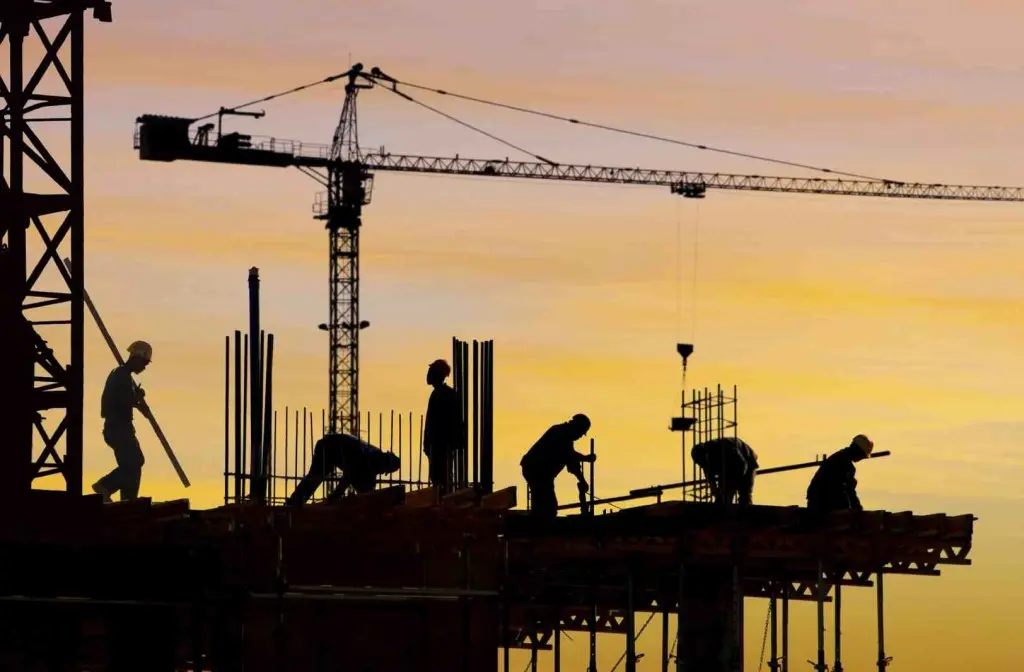Between January and September, 7,490 new dwellings were completed, representing a 14% decrease compared to the same period a year earlier. At the same time, 19,947 new dwellings were approved through construction permits and simple declarations, marking a 37% year-on-year increase.
The drop in completions was visible across nearly all settlement types. In Budapest, new home construction fell by 9.1%, while towns of county rank saw a sharper 33% decline, and villages experienced a 22% drop. Only smaller, non-county towns recorded a slight 1.5% increase.
The capital remains the center of residential development, with 57% of Budapest’s 2,509 new dwellings concentrated in just three districts: District VIII (631), District XI (421), and District IX (379). Outside the capital, Pest County and Southern Transdanubia were the only regions to see marginal growth, up 1.6% and 0.6%, respectively. The steepest declines occurred in Central Transdanubia (down 41%) and the Southern Great Plain (down 30%).
Rural housing construction continued to focus around Lake Balaton, with the most new dwellings completed in Siófok (259), followed by Keszthely (165) and Balatonszemes (154). Other major centers included Kecskemét (225), Nyíregyháza (121), and Érd (116).
When broken down by developer type, enterprises strengthened their dominance, accounting for 65% of all new dwellings, up from 58% a year earlier, while the share built by individuals fell from 40% to 35%.
Detached houses made up half of all completed homes, followed by multi-dwelling buildings (39%) and residential complexes (8%). The average size of newly completed homes decreased by 4.1 square meters to 94.7 square meters, with Budapest homes averaging 67.5 square meters.
Most new homes were built for sale (65%), while 33% were constructed for private use, continuing a shift toward developer-driven projects.
Budapest Leads Surge in New Permits
At the same time, building activity appears to be gearing up for future growth. The number of dwellings approved for construction rose sharply to 19,947, with Budapest leading the surge. The capital saw 7,841 new permits issued, 2.3 times more than a year earlier. District XI alone accounted for roughly 3,400 permits, followed by District XIII with more than 1,500. Together with Districts X and XV, these four areas represented more than three-quarters of all new approvals in the city.
In county-ranked towns, housing permits grew by 43%, but in smaller towns and villages, the numbers declined by 1% and 8.8%, respectively. Among regional centers, Debrecen and Szeged each saw about 750 permits, while Székesfehérvár and Győr approved more than 400 new dwellings.
Outside Budapest, construction permits increased most significantly in the Southern Great Plain (up 93%) and Central Transdanubia (up 31%), while Northern Hungary (up 2%) and the Northern Great Plain (up 0.1%) registered minimal growth. Other regions recorded declines.
Simple declarations—a streamlined alternative to permits—were used in 26% of cases.
Based on newly issued permits, 7,350 residential buildings are expected to be built nationwide, 2.5% more than in the same period last year. In contrast, the number of non-residential buildings planned fell by 18% to 2,188 nationwide.
Despite fewer completions so far in 2025, the strong rebound in construction permits suggests renewed momentum in Hungary’s housing market heading into 2026, particularly in the capital and key regional centers.
















